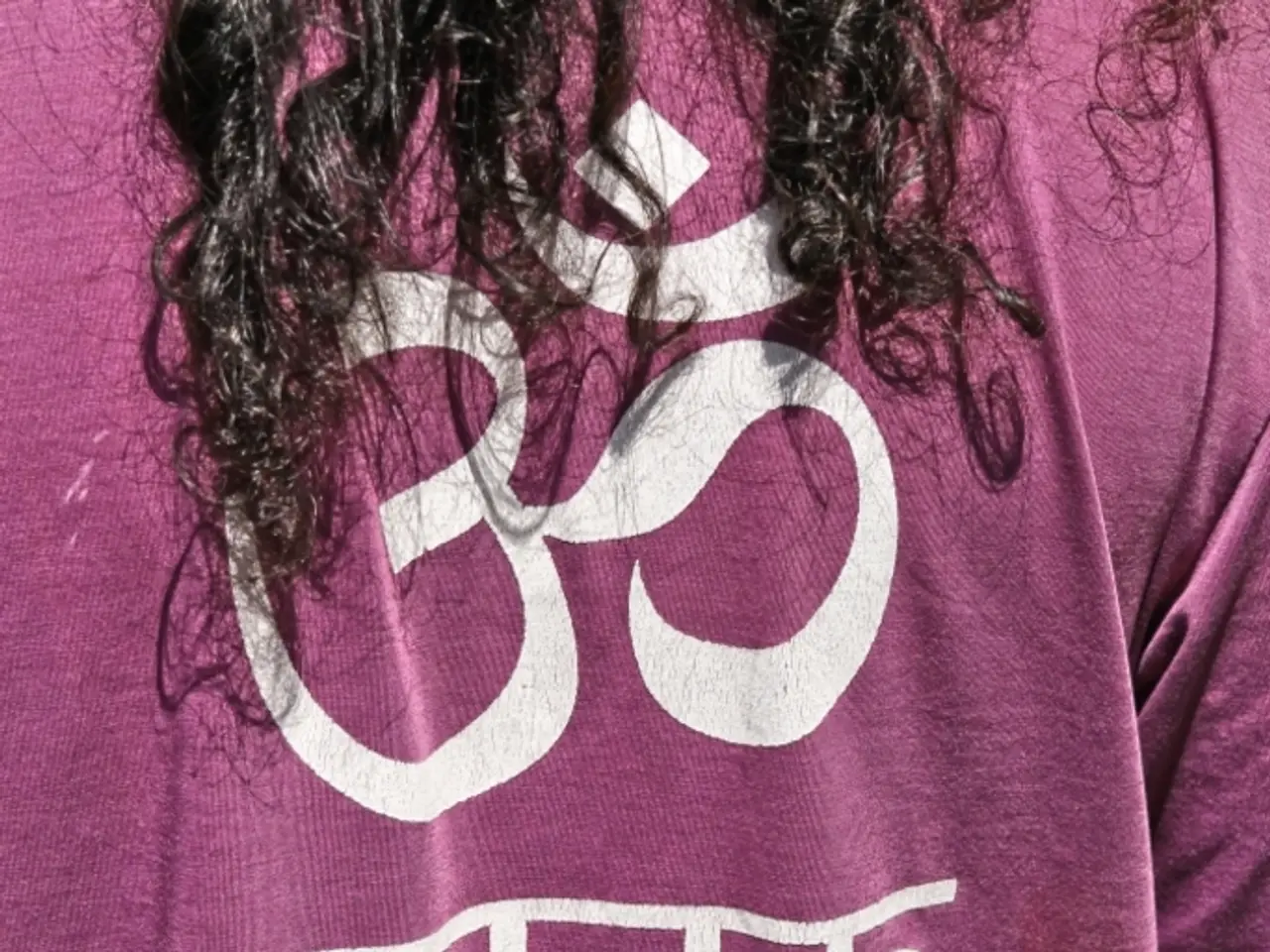Emotional Healing through Yoga: Insights into its Function & Optimal Techniques for Equilibrium and Release
Yoga, an ancient practice with deep roots, offers a unique and effective approach to emotional wellbeing. This holistic practice combines mindful movement, breath regulation, and meditation to promote relaxation, increase self-awareness, and facilitate emotional expression.
One of the key poses in yoga for emotional healing is Corpse Pose (Shavasana), which encourages complete surrender, integration, and emotional stillness. Child's Pose (Balasana), on the other hand, soothes the nervous system and calms emotional turbulence.
The mechanisms through which yoga facilitates this emotional release and healing are manifold. Activation of the parasympathetic nervous system, for instance, promotes the "rest and digest" response, reducing stress hormones and calming the nervous system. This relaxation response helps lower anxiety and creates a safe internal environment for emotional processing.
Yoga also enhances awareness of emotions as they arise in the body, helping individuals identify, accept, and process difficult feelings rather than avoid them. Physical release of stored tension is another key aspect, as emotions can manifest as muscular tightness or chronic tension, particularly in areas like the hips, shoulders, and chest. Yoga postures that stretch and open these areas can lead to spontaneous emotional release.
Yoga is also used therapeutically to support recovery processes, such as from trauma or addiction, by shifting the body's regulation from reactive to calm states and by providing structured, embodied experiences that foster resilience and emotional integration.
Recent studies show that yoga significantly improves temperament and emotion, with more than 69% of yoga practitioners experiencing a noticeable positive change in their mood. Emotions, after all, are energy stored within the body, and yoga teaches us to stay present with what arises, without judgment, allowing suppressed emotions to be acknowledged, felt, and released.
Poses such as Shoulder Stand and Plow stimulate the thyroid, helping to regulate metabolism and support steady energy levels. Nadi Shodhana (Alternate Nostril Breathing) balances the brain hemispheres and calms the mind. In Half Bridge Pose (Setu Bandhasana), the body lifts the hips, presses feet into the mat, and clasps hands underneath for a chest lift, opening the hips and chest and balancing the sacral and heart chakras.
Lying Twists (Supta Matsyendrasana) relieves digestive tension, detoxifies, and supports emotional clarity. Breath regulation, particularly deep diaphragmatic breathing or alternate nostril breathing, calms the body's stress response. Bhramari (Bee Breath) uses a vibrational humming to soothe emotional stress.
Cobra Pose (Bhujangasana) stimulates the spine and heart center, encouraging openness and courage, while Fish Pose (Matsyasana) opens the chest and heart chakra, releasing grief and emotional heaviness. Restorative postures encourage the body to lower cortisol, easing stress and calming emotional responses.
The gut, often referred to as the second brain, retains fear and anxiety, affecting digestion. Lying Twists (Supta Matsyendrasana) can help relieve this tension and support emotional clarity. Deep belly breathing engages the vagus nerve for emotional regulation.
Through physical movement, yoga gently stretches and releases tight areas where emotional holding is common. This comprehensive mind-body approach makes yoga a powerful, holistic path for emotional healing and balance. Approach these poses with sensitivity and self-compassion for a transformative yoga journey.
Science has indicated that yoga, with its holistic approach, significantly improves mental health by offering various therapeutic activities and treatments, such as relaxation techniques and emotional release. Health-and-wellness practitioners often recommend yoga for its potential to enhance emotional wellbeing, as mental-health therapies like Child's Pose (Balasana) and Corpse Pose (Shavasana) can stimulate emotional integration and stillness.








